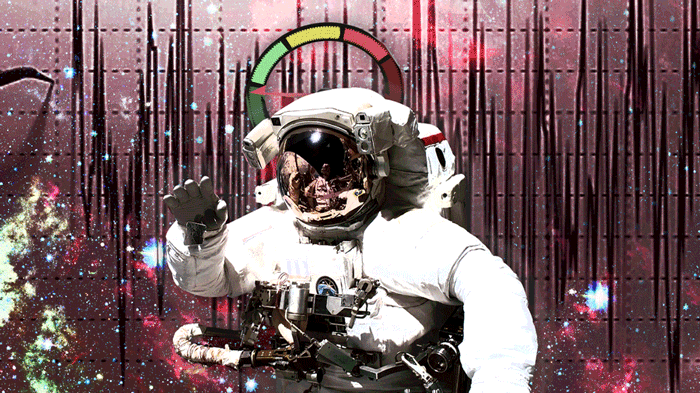Science
Photo Illustration by The Daily Beast
Astronauts Have a Superhuman Ability to Manage Stress
BREATHE IN, BREATHE OUT
Stuck in a tube, managing multiple tasks, dealing with life-or-death emergencies—not a problem for astronauts like Chris Hadfield.





